We may earn money or products from the companies mentioned in this post. This means if you click on the link and purchase the item, I will receive a small commission at no extra cost to you ... you're just helping re-supply our family's travel fund.
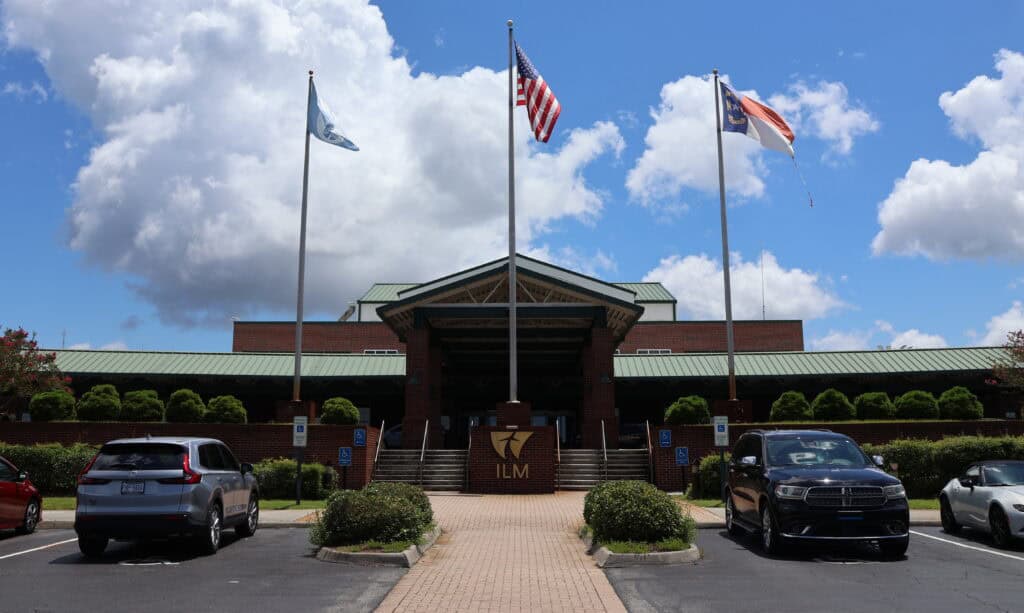
For many Americans, the most stressful moments of a trip now unfold before takeoff, not after landing. Mega-hubs swallow hours in traffic, parking garages, and security queues, while small regional airports quietly offer a different experience. Low-cost carriers and new bases are turning these underdog terminals into faster, cheaper gateways. In 2026, more travelers are discovering that the smartest move is often skipping the biggest airport altogether and starting the journey somewhere smaller. The surprise is how much calmer and cheaper the journey feels when the first line is short.
Hollywood Burbank Airport, California

Hollywood Burbank Airport sits in the San Fernando Valley as the small, stubborn alternative to sprawling LAX. With a fraction of the traffic, short walks from curb to gate, and gates served by major carriers, it often turns a half-day ordeal into a quick hop. Parking is easier, security lines move faster, and trains connect the terminal to central Los Angeles, so travelers trade chaos for something closer to a neighborhood station than a global hub.
Long Island MacArthur Airport, New York
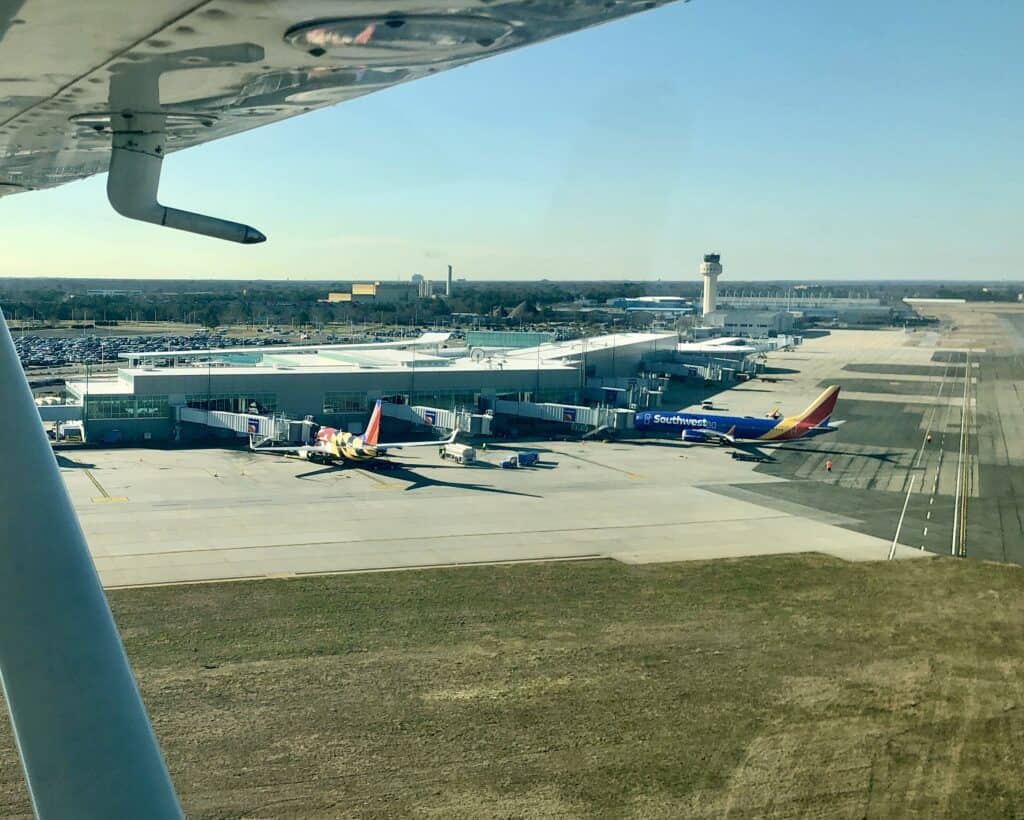
On Long Island, MacArthur Airport has quietly become a favorite for travelers who dread the drive into JFK or LaGuardia. Breeze, Avelo, Frontier, JetBlue, Southwest, and Cape Air now knit together Florida beaches, the Carolinas, and Boston from a compact terminal with lighter crowds. Lower parking costs and simpler road access help total trip costs undercut the big New York airports, especially for families starting on Long Island rather than crossing bridges and tunnels before dawn.
Trenton Mercer Airport, New Jersey

Trenton–Mercer Airport sits between New York and Philadelphia and leans into that in-between status with aggressively low fares. Frontier and Allegiant use the small field to launch nonstop routes to Florida and other leisure spots, with sale prices that often undercut larger airports nearby. Security and parking feel more like a commuter station than a fortress, letting travelers arrive later and still make flights, as long as they can live with fewer daily departures and bare-bones service.
Concord, Padgett Regional Airport, North Carolina

Concord–Padgett Regional Airport serves the Charlotte metro without the sprawling footprint of Charlotte Douglas. Avelo has based aircraft here, selling cheap nonstop flights to cities like Nashville, Chicago, and Florida destinations, marketed as a stress-free alternative to the big hub. Short walks, smaller crowds, and easier parking make the trade-off clear: fewer lounges and food options, but less time wasted just reaching a gate, which matters when travelers value simplicity over status perks.
Tweed New Haven Airport, Connecticut
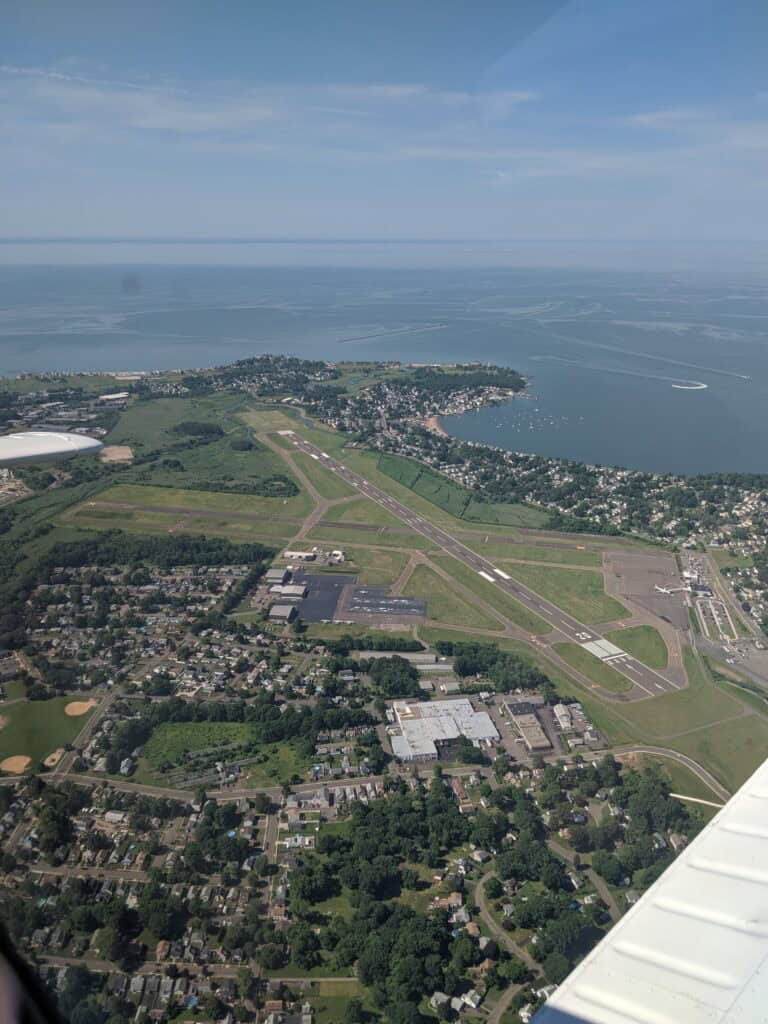
Tweed New Haven Airport has turned from sleepy regional field into a busy hometown base for budget carriers in southern Connecticut. Avelo and Breeze connect New Haven with Florida, Texas, and vacation markets that once required a drive to Hartford or New York, often with one-way fares under triple digits. The terminal still has only a handful of gates, so lines remain shorter, and new security lanes are being added to keep early-morning crowds from spilling into the parking lot.
Wilmington Airport, Delaware
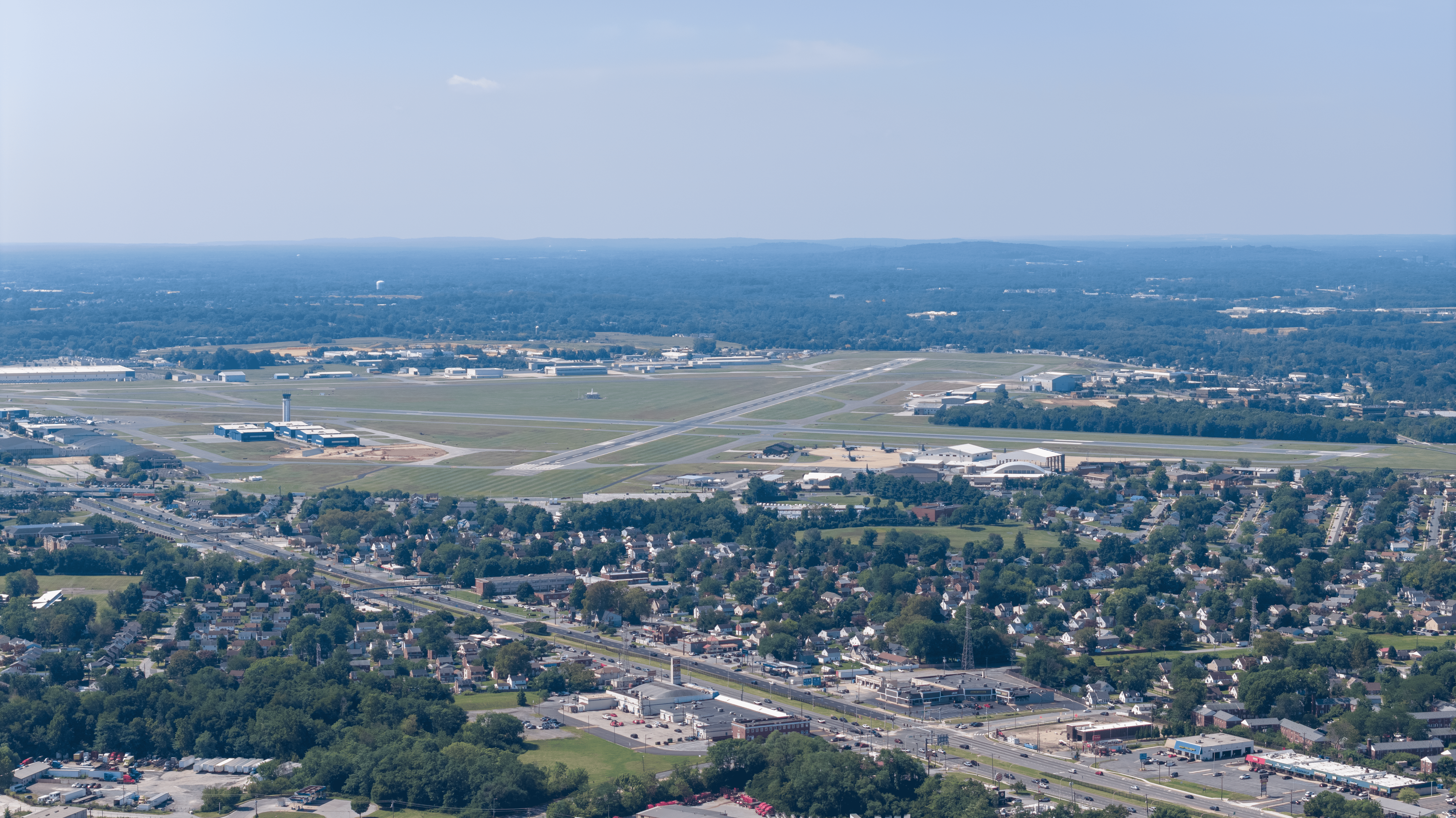
Wilmington Airport in Delaware brands itself as a hassle-free alternative to Philadelphia International, and the math backs that up. Avelo operates nonstop routes from a single small terminal where parking is cheaper and walking distances are measured in minutes, not shuttle rides. Promotional fares from Wilmington often start below what travelers see at PHL, especially once higher parking fees and longer security waits at the larger hub are factored into the real door-to-door cost.
Lakeland Linder International Airport, Florida
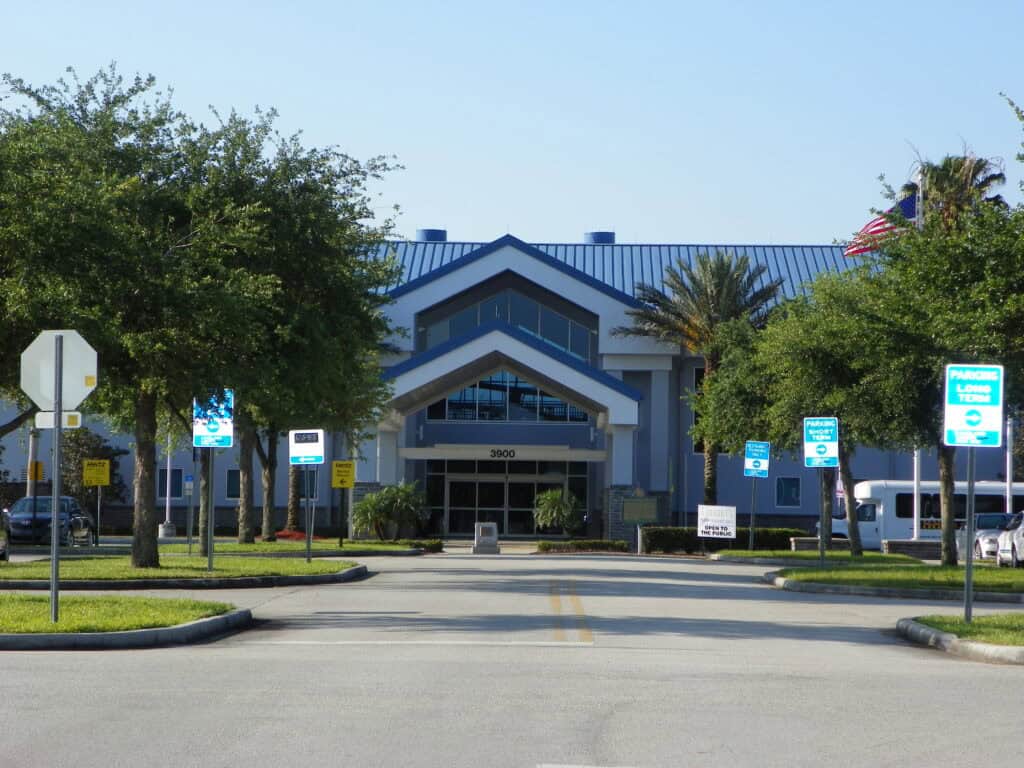
Lakeland Linder International sits between Tampa and Orlando but avoids the crowds of both, giving central Florida residents a quieter option. Avelo revived commercial service here with nonstop flights and base operations, offering bargain fares to New England and Midwest cities in peak vacation seasons. The airport still feels like a general aviation field, so check-in and security stay lean for travelers willing to drive a little farther on the ground to skip big-hub chaos.
Myrtle Beach International Airport, South Carolina
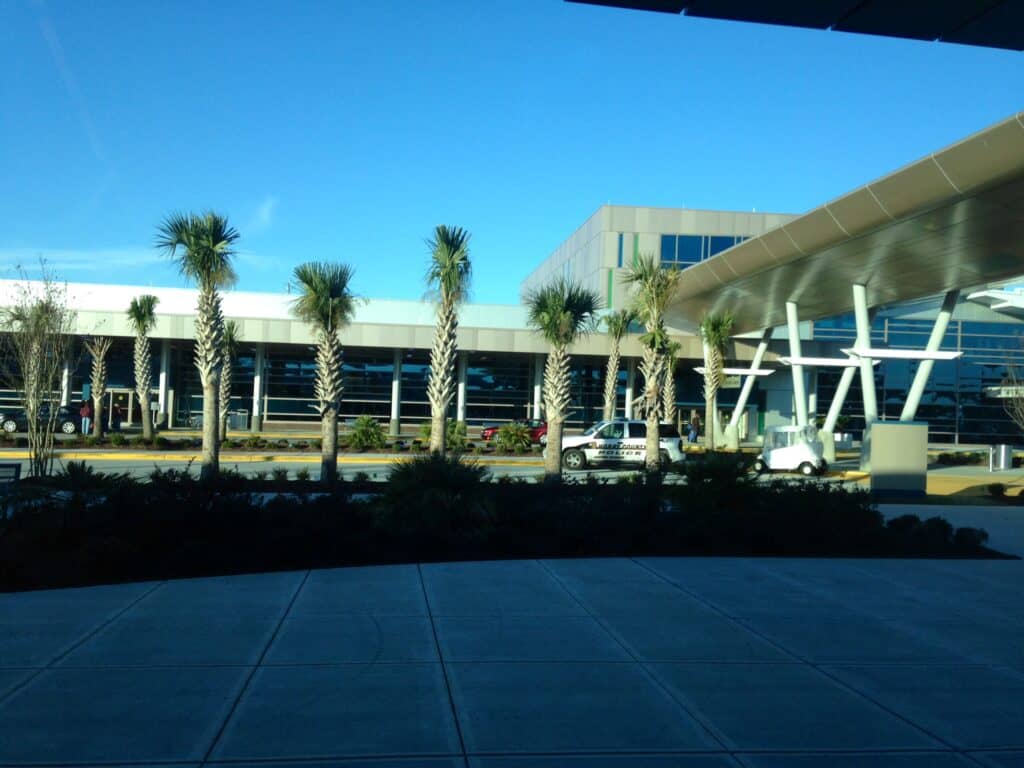
Myrtle Beach International Airport looks modest from the outside, yet it offers dozens of nonstop routes on low-cost carriers aimed at beach travelers. Frontier, Allegiant, and others frequently advertise flash sales that make MYR a bargain gateway compared with driving to larger hubs inland. The single main terminal keeps everything close together, so the longest part of the journey is usually the coastal highway, not security screening or baggage claim.